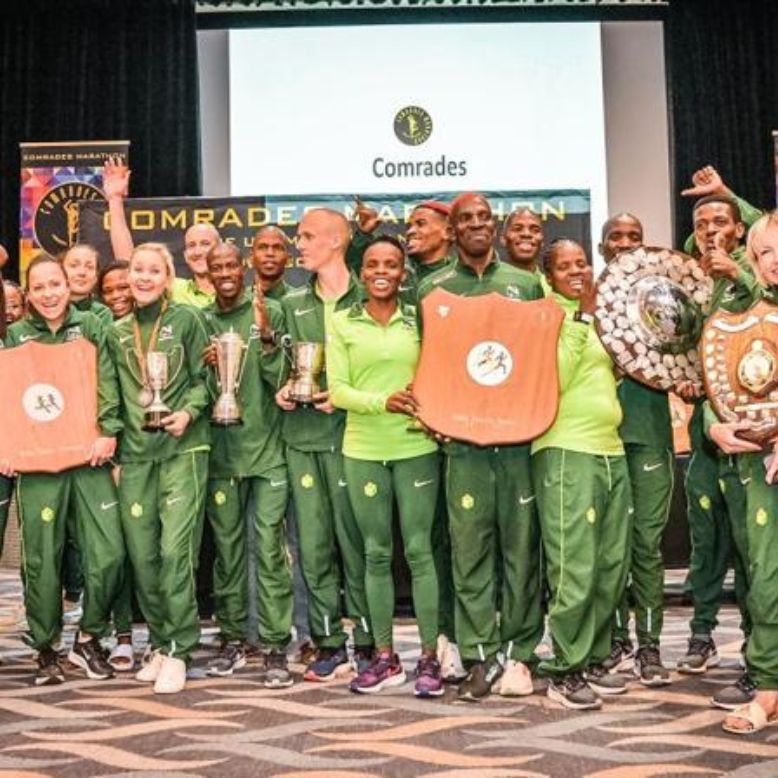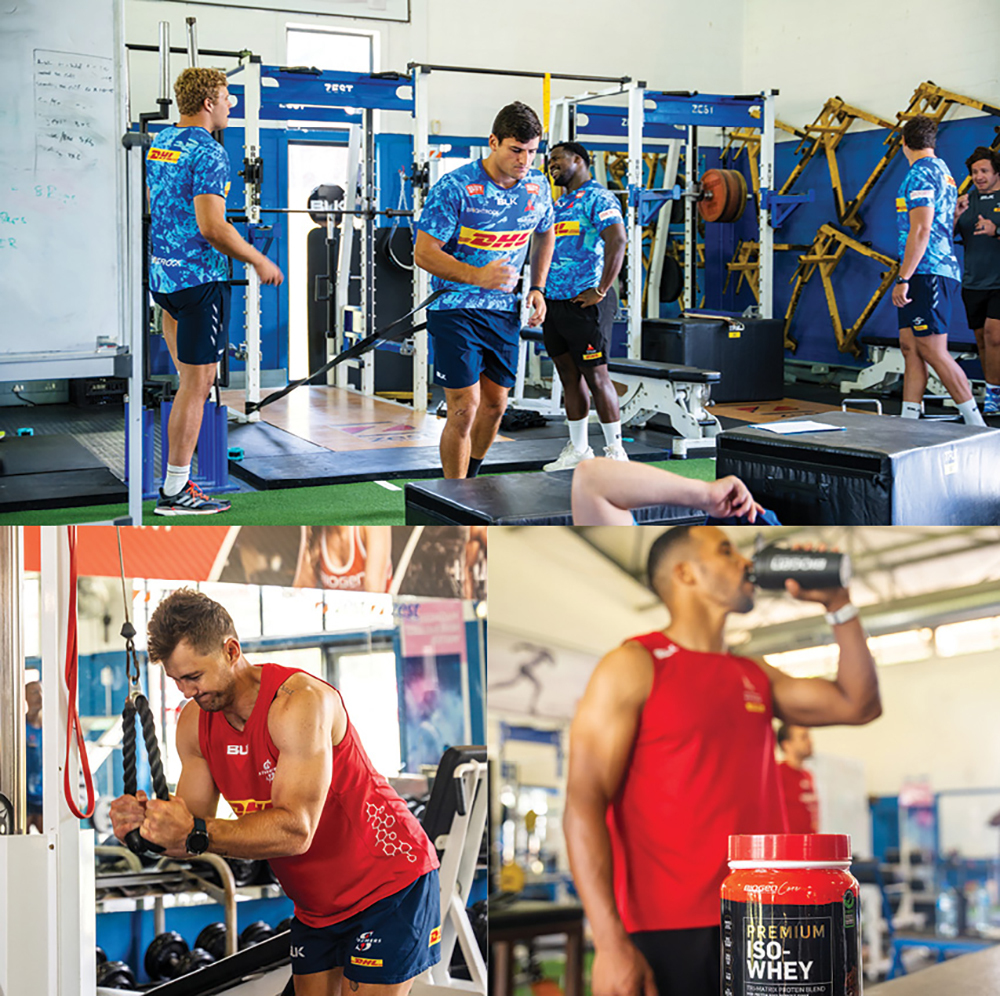
#REPOST @ CONQA GROUP – EVENT MANAGEMENT & SPORTS ENTERTAINMENT ORGANISATION
Satya Nadella put his finger on what had gone wrong at Microsoft: the frustration of a workforce that was losing and was no longer considered cool © AP. Mentioning concepts of ‘retaining and attracting talent’ has become almost a religious practice for any sit-down interview with high-performance CEOs: it would be easy to assume that these topics are simply easier to understand, with the real strategies and systems behind the scenes just too out-of-touch for the average viewer.
But if any start-up founder assumes that this topic stops at the interview teleprompter – this can be a costly mistake.
Behind closed doors, even CEOs of the largest multinational organisations know that attracting and retaining talent is as much a sport as it is a hard science: large corporations may be world-class in team and project systems – but even the best theoretical principles are useless without being able to attract and retain the talent that fuels an organisation’s competitive edge. Below are three ‘signs’ that current objectives are aligned to attracting the best talent from their industry:
#1 YOU SEE DIVERSITY AS AN ASSET – NOT JUST AN HR BOX TO CHECK
To the average onlooker, it may be tempting to see Sheryl Sandberg’s ‘lean in’ initiative as more of a marketing stunt than a real commitment to promoting gender diversity. And to many minority professionals who have experienced the glass ceiling first-hand, this de facto talking-point may appear a poor substitute for real action behind the scenes.
However, as studies have delved deeper into the make-up of human resources in multinational corporations, diversity is actually approached from a completely different angle: corporations deliberately build teams containing a mix of both genders and a variety of international backgrounds; this is done to boost creativity and maintain the organisation’s edge in the market – not just as a compliance exercise (Thomas and Ely, 2011).
For start-up founders, this creates a useful performance indicator that can be monitored from day-one: treating diversity as a simple compliance box to check may seem an innocent starting point when first building your team with local employees; but this is a shaky foundation that ignores how diversity can be an asset for retaining high-calibre talent.
#2 EMPLOYEES ARE ‘BUYING IN’ AS MUCH AS YOUR CUSTOMERS
We may all chuckle quietly as Steve Ballmer re-iterates how much he ‘loves his customers’ at his latest fireside chat interview. But although we may all recognise this as a box for any responsible CEO to check; mentions of how Microsoft ‘loves its employees’ might be more realistic than we think.
“Look after your team, and they will look after your clients for you” – Richard Branson, CEO of Virgin Group
Echoing Richard Branson’s famous saying, multinational organisations are distinguished by this fundamental ingredient in its HR practices: products are designed at precision for a global customer base – but its human resource departments are also designed to ensure that their most talented employees ‘buy-in’ to the company vision, and continue fuelling the organisation’s competitive advantage (Trompenaars & Hampden-Turner: 2018).
#3 REVITALISING YOUR HR CULTURE WITH TOP-DOWN LEARNING
Perhaps one of the most defining characteristics of a multinational enterprise its research and knowledge capacity. Although many small businesses do attempt to simulate some of the methodologies for project planning and performance tracking that we see in large organisations, this often leaves out one crucial ingredient: the qualitative factor of top-down learning.
For many start-up founders, it is easy to imagine a large corporation as more of an impersonal machine than an organic community of human members. But this picture is incomplete: although the tasks and projects completed by large-corporation employees are heavily systematised in advance, not even the multinational CEO or project manager can afford to switch into ‘robot mode’ and leave organic leadership behind. Both as CEO and sports team manager, Mark Cuban knows this first-hand: every team requires setting an active example as a ‘top-down’ learner – and that can never be truly delegated.










